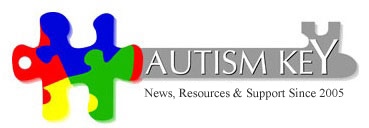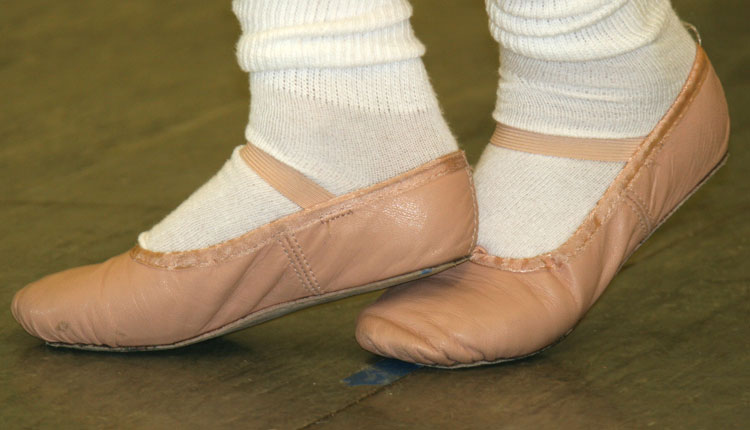Dancing Can Benefit Individuals with Autism
After the stunning performance of James Hobley, the eleven-year-old with autism who blew away the audience on “Britain’s Got Talent” with an amazing dance routine, it’s a fitting time to address the benefits of dance for children on the autism spectrum.
The practice of dance is highly structured and very ritualized, a selling point for children with autism. Dance has the power to help unlock the imagination of a concrete thinker and it empowers the dancer to give expression to their inner life, something crucial to children who struggle with other modalities of communication.
The experience of dance can open up children with autism to the possibility of more connection with others. Social interaction demands being on the same page with peers — something very difficult for a child on the spectrum to achieve. By encouraging children with autism to dance to rhythms, the mirroring of another’s experience bestows the satisfaction of belonging to a group.
Cutting-edge research points to children with autism needing multiple types of stimulation in order to process information. The combination of music and dance help the brain to reorganize itself. In dance, the child processes music, learns movement, performs movement to that music, then repeats it multiple times. The hearing, listening, processing, executing and repetition enable a child’s brain to forge new pathways, engaging both the right and left side of the brain.
One form of dance therapy, the Feldenkrais method, deliberately focuses on the interplay between the brain’s right and left hemispheres.
Moshe Feldenkrais developed a protocol that concentrates on rebuilding sensory and movement systems, specifically through unlearning poor movement patterns. The therapy is gentle, as I can personally attest to and some children and adults with autism have experienced significant gross-motor, fine-motor, sensory and relational improvement.
Feldenkrais practitioners who have undergone additional training to work with children with development disabilities have implemented principles of the Feldenkrais for Children with Neurological Disorders (FCND), a unique method that improves the movement qualities and abilities in
children.
Above all else, dance is fun and should be approached in that spirit. As someone with a degree in dance and decades of experience, I do recommend making sure a child’s dance teacher is always warm and supportive. There’s many a petty tyrant in tights who can potentially be damaging to a child psychologically. Additionally, watch closely for eating disorders (a prime occupational hazard for dancers).
With that said, dance is a wonderful way for children on the autism spectrum to engage themselves and their world.

